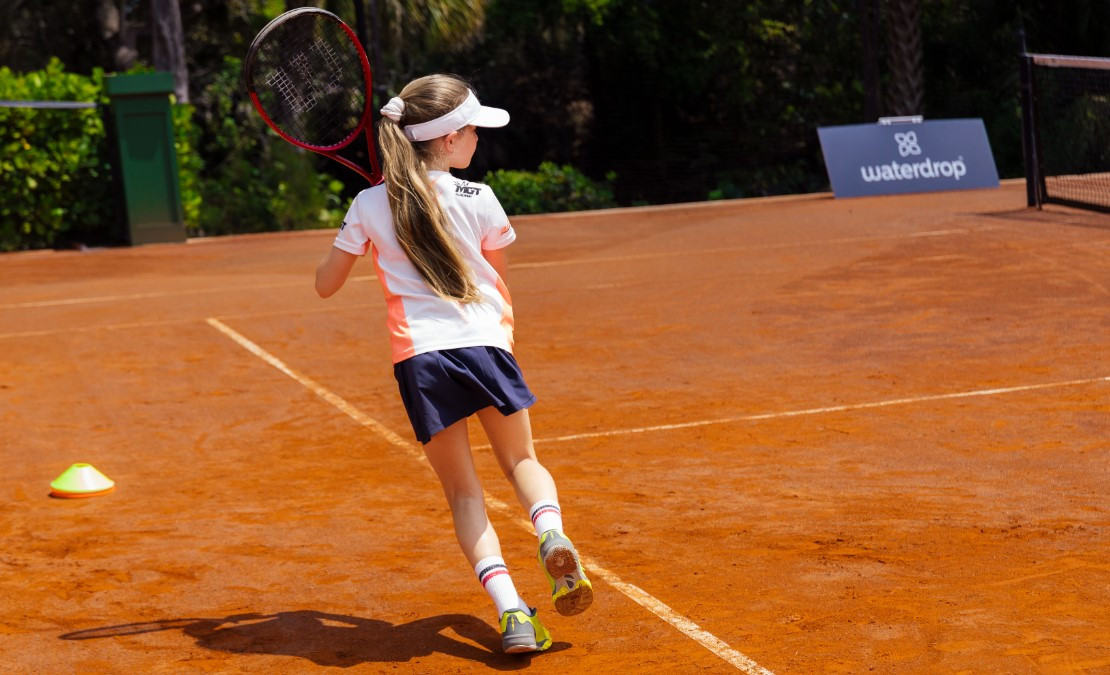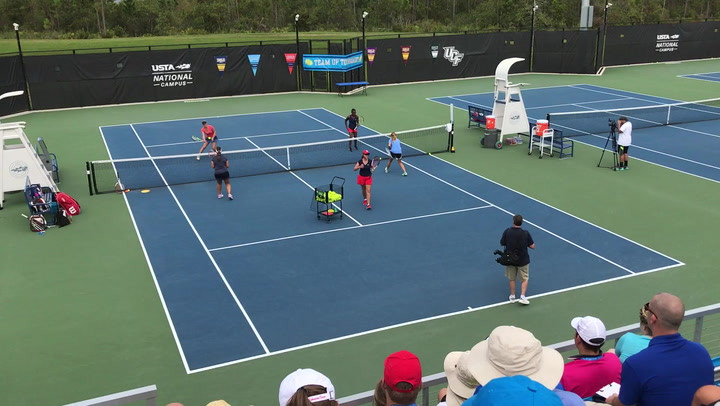Tennis
Welcome and thanks for visiting...

Engaging Tennis Players: Overcoming Today's Challenges with Kids and Teens

The Importance of Making Tennis Fun for Kids and Teenagers
The explosive growth of the eighties is long gone, but after the recent Covid boom, tennis must work harder on getting new players in the game and keeping the older ones interested.
How Junior Beginners Perceive Tennis Today
In my opinion, it must be the rare case that a child sees tennis on TV and says, “I want to play that game and be good at it.” First, when would that child watch tennis at all? Between watching team sports and playing online games, there’s little chance they happen to stumble upon the Tennis Channel for ATP reruns and Pickleball or ESPN for a Wimbledon 5-setter and become excited. That’s just not happening. All they see on TV and hear from their peers: learning tennis is torture. You’re sweating your young life away. Torture is no fun. To get good at tennis is even more torture. Who wants to put up with that?
What needs to change to get juniors interested in tennis?
Making tennis more fun for kids is essential to engage their interest and enthusiasm in the sport. By incorporating creativity and interactive elements, children are more likely to enjoy the game and develop a lasting passion for it. I think moving away from “performance and results” to “team experience” and “enjoyment” may be the key to getting millions of kids interested in our sport.
The Foundation: Three E's of Junior Tennis
There needs to be an understanding of the basic prerequisites for teaching tennis to kids. I call it the three E’s of junior tennis.
- Equipment – Age-Appropriate Gear and Court Sizes. I think there can be no more discussion that age-appropriate equipment and court sizes are imperative to achieve any goals in the learning process. It’s often called Mini Tennis, and it makes sense to me.
- Environment – Creating a Positive Atmosphere. Providing kids with a positive environment seems like a no-brainer to me. This allows them to be themselves. We want them to feel encouraged, regardless of their performance.
- Enjoyment – Focusing on Fun and Progress. Encourage kids to enjoy the process and celebrate their efforts and progress rather than just focusing on winning or losing.

Adding Fun to Tennis: Strategies for Engaging Kids and Teenagers
Kids often enjoy sports when there are elements of playfulness and fun games involved. Our goal is to make all activities feel like playful and challenging games rather than some structured drills.
- Fun right away - Kids need to have fun with tennis right away. Make them rally in 10 minutes rather than 10 weeks. See quick success while they’re having fun!
- Moving with music and rhythm – I think we must all learn from Art Carrington in Easthampton, Massachusetts. His approach of whole-body integration, purely flowing movements, rhythm, music, and martial arts tools is highly successful (watch it on Art’s Facebook Page)
- Team-based approach – An early team experience seems to be key in getting kids involved and enjoying the process. Team-based games promote cooperation and camaraderie among kids. They can improve skills and add an element of playfulness at the same time.
- Involving the family – Parent-child tennis is perceived as the ultimate fun by many kids. It strengthens the bond and creates a fun atmosphere. Along the same lines, we are developing a program called “Family Team Tennis” at my company Conga Sports.
High School – the natural progression
It is of utmost importance for the greater tennis industry to make sure kids have a way to transition from junior tennis to adult tennis and stay in the sport. One natural step is High School Tennis. And I’m not necessarily talking about getting on cutthroat HS tennis teams. I think every HS should offer general tennis programs that allow students to keep playing and improve their game.
After HS, whether they are good enough to then get on a College team or start their journey through adult tennis with leagues, tournaments, etc., I regard HS as a tremendously important stepping stone for teenagers to stay in the sport. That’s why I’m advocating for the USTA to put more funds into HS tennis and enable schools to create good programs.
Conclusion
For me, getting kids involved in tennis and enabling them to stay in the sport through their teenage and adult years needs a change in our approach. The biggest elements of that change include…
Creating a good foundation with existing tools and programs Adding more elements of playfulness and (most importantly) fun that incorporate a team-based approach, family involvement, and rhythmically flowing movements. Keep juniors and teenagers involved all through high school to help them transition to adult tennis.








